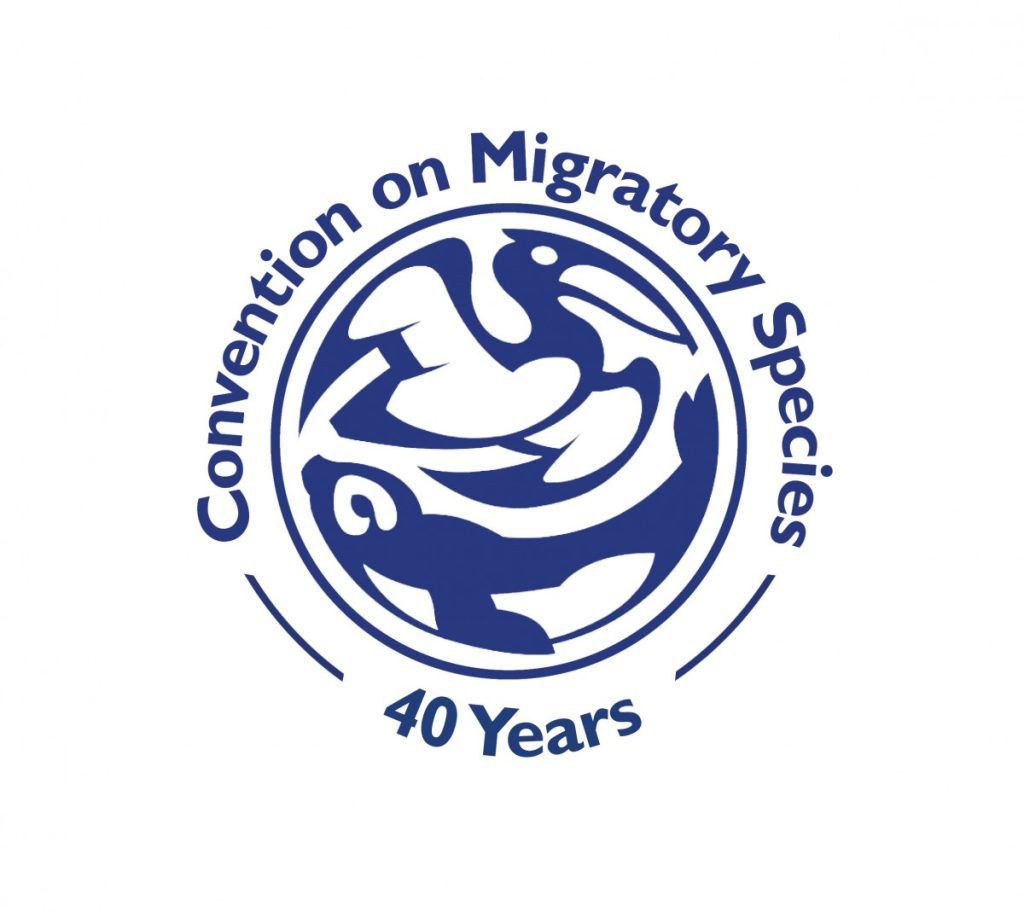February 15, 2024
Upholding Conservation: Overview of the Convention on Migratory Species
Introduction:
- The Fourteenth Meeting of the Conference of the Parties to the Convention on the Conservation of Migratory Species of Wild Animals (COP14) is scheduled to convene in Samarkand, Uzbekistan, from 12-17 February 2024. This significant gathering underscores the ongoing global efforts to safeguard migratory species and their habitats.
Convention Overview:
- The Convention on the Conservation of Migratory Species, also recognized as the Bonn Convention, stands as a pivotal environmental treaty operating under the auspices of the United Nations Environment Programme. Enacted on 23 June 1979 in Bonn, Germany, this treaty serves as a pivotal global platform dedicated to the preservation and sustainable utilization of migratory animals and their ecosystems.
Key Objectives and Principles:
- At its core, the convention is designed to foster concerted action for the conservation and management of terrestrial, aquatic, and avian migratory species across their entire migratory routes. Central to its principles is the acknowledgment of the critical importance of preserving migratory species and the imperative to prioritize species facing unfavorable conservation statuses.
Implementation Mechanisms:
- The Convention provides a versatile framework for action, ranging from legally binding agreements, known as Agreements, to more flexible instruments like Memoranda of Understanding. These mechanisms empower participating parties to tailor their conservation efforts according to the specific needs and challenges faced by migratory species within their respective regions.
Decision-Making Body:
- At the helm of the Convention’s governance structure is the Conference of Parties (COP), serving as its principal decision-making body. Through collaborative deliberations, COP guides the strategic direction and policy initiatives aimed at advancing the objectives of the Convention.
Appendices:
- The Convention features two Appendices crucial for delineating conservation priorities. Appendix I compiles endangered migratory species and imposes strict prohibitions on their exploitation. Meanwhile, Appendix II catalogs species with unfavorable conservation statuses, encouraging range states to forge comprehensive agreements for their conservation and management.
Conclusion:
- As the global community convenes for COP14, the Convention on the Conservation of Migratory Species reaffirms its pivotal role in galvanizing international cooperation to safeguard the intricate web of life formed by migratory animals. Through collective action and unwavering commitment, stakeholders aspire to secure a sustainable future for these emblematic species and the ecosystems they traverse.
Gist of daily Article /The Hindu 17oct 2025
October 17, 2025
Daily Gist of the Hindu/Indian Express : 16 Oct 2025
October 16, 2025
Daily Gist of The Hindu/Indian Express: 6 Oct 2025
October 6, 2025
Daily Gist of Article /The Hindu /Indian Express: 24 Sep 2025
September 24, 2025

